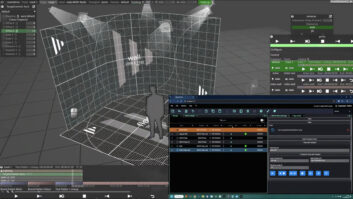The global virtual reality and augmented reality markets are set to bounceback in 2021 after a down year in 2020 due to COVID-19, according to a new report from Strategy Analytics.
The report forecasts that combined shipments of VR headsets and AR dedicated headsets is on pace to increase sixfold up until 2025. XR hardware (the identification for this combined group) revenues are projected to surpass $28 billion annually in 2025.
Vendors like Samsung and start-up Nreal are also expected to commercialise lightweight, consumer-friendly AR headsets that are tethered to smartphones, which Strategy Analytics says will drive growth in mid- and low-tier markets. Also in the lower end of the market, 2021-2022 should see a comeback of smartphone-tethered headsets as a result of mobile operators launching 5G.
Though Strategy Analytics has increased its overall forecast for VR headsets, it has decreased its anticipated shipments of console-tethered VR; this is based on Microsoft’s decision not to support VR in the next-generation Xbox.
“We have raised our longer term forecast for XR hardware as a result of new work and life patterns in the ‘new normal,’” said David MacQueen, director of virtual and augmented reality service at Strategy Analytics. “Work at home, training, education and collaboration will all benefit from AR/VR.”






